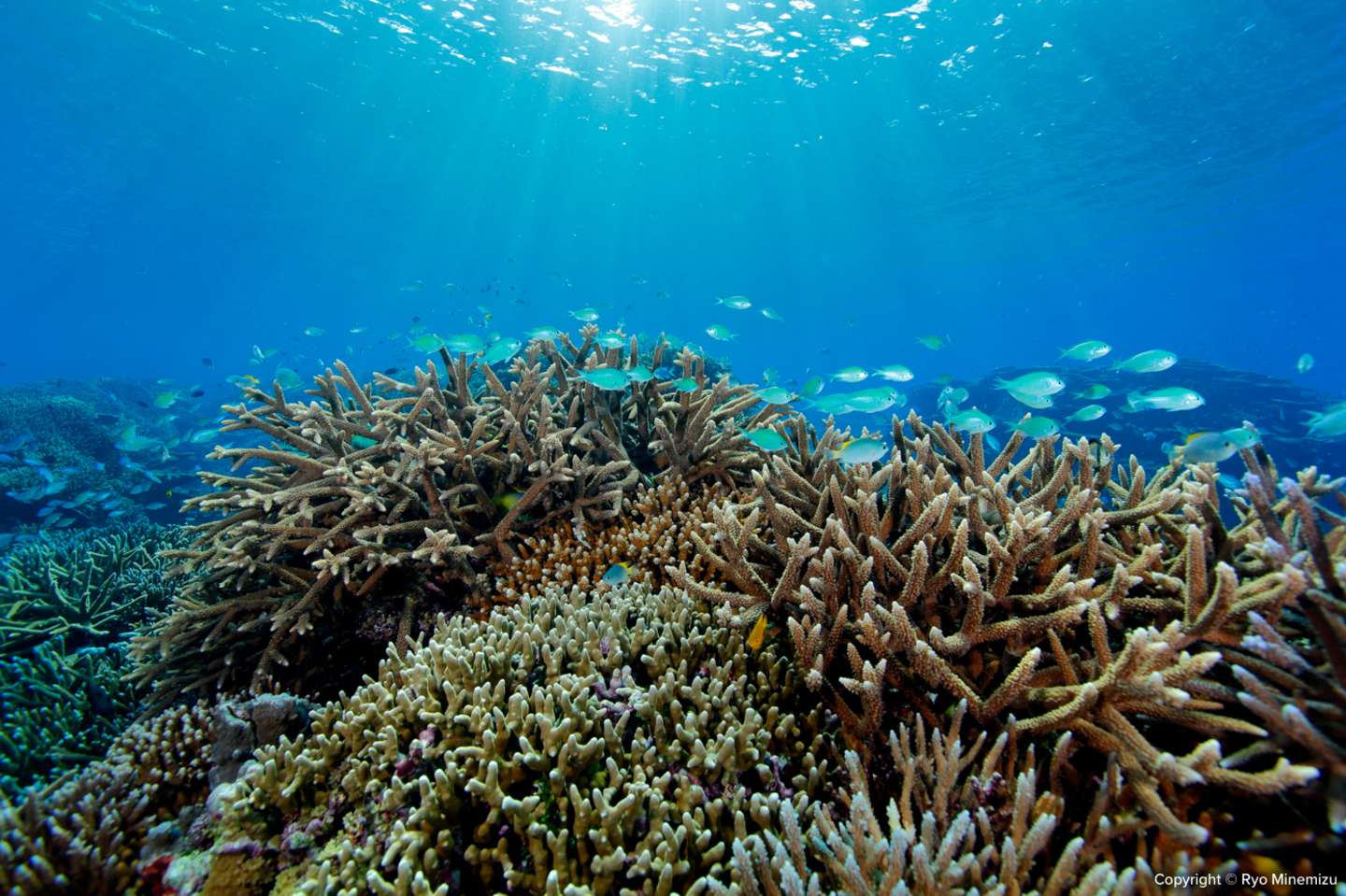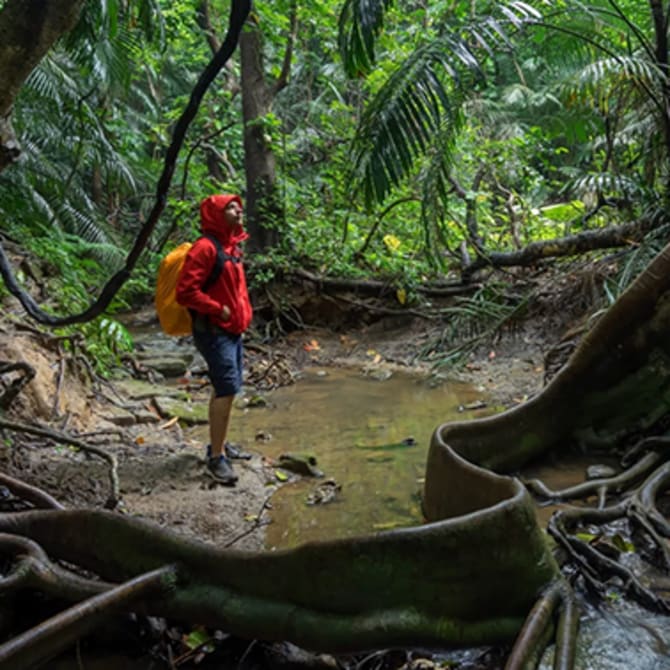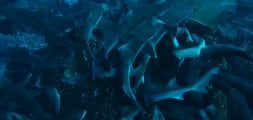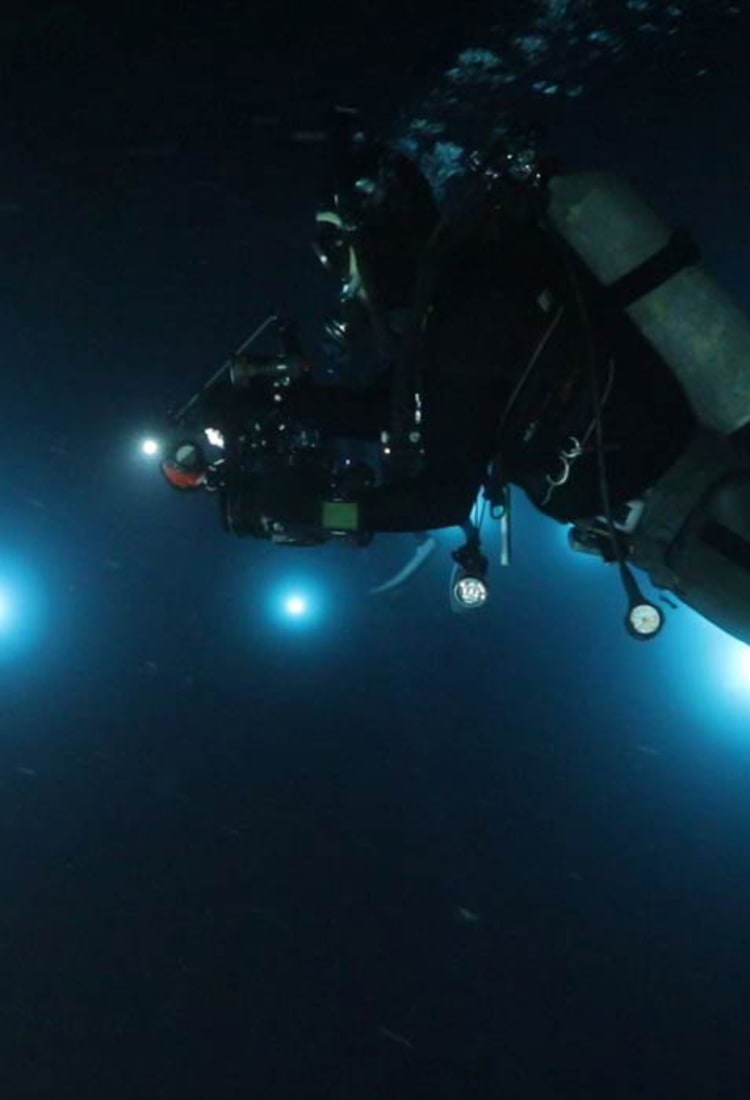
Interview Ryo Minemizu Black Water Dive® Photographer
PROFILE
Ryo Minemizu
Black Water Dive® Photographer
Ryo Minemizu established Ryo Minemizu Photo Office in 1997 after spending time working as a diving guide and instructor at Osekan Marine Service in West Izu, Osezaki. In 2015, he released a collection of photos taken over 18 years titled A Photographic Guide to the Jellyfishes of Japan. He also is an active global promoter of a type of night diving that he calls a Black Water Dive® that allows the diver to observe various species of plankton in the field. In 2016, he won the Grand Prix in the Fifth Annual Nikkei National Geographic Photo Awards.

Q.1 As someone who has experienced diving around the world, how is diving in Japan?
I think diving in Japan is all-around incredible, but I think the most impressive part is its diversity. Japan has over 4000 different species of fish in its waters. In Southern Japan, Okinawa, has a subtropical climate with an abundance of coral reefs, with an average water temperature of 28℃. You can see a range of colorful fish, as well as manta rays and large underwater creatures.
Hokkaido, on the other hand, has a subarctic climate with a cold ocean. The average water temperature is about 8℃, so fish that live in cold waters, like the lumpfish, live in those waters. During the winters, we get to see drift ice by the Shiretoko Peninsula since it faces the Sea of Okhotsk, so you can also experience ice diving.
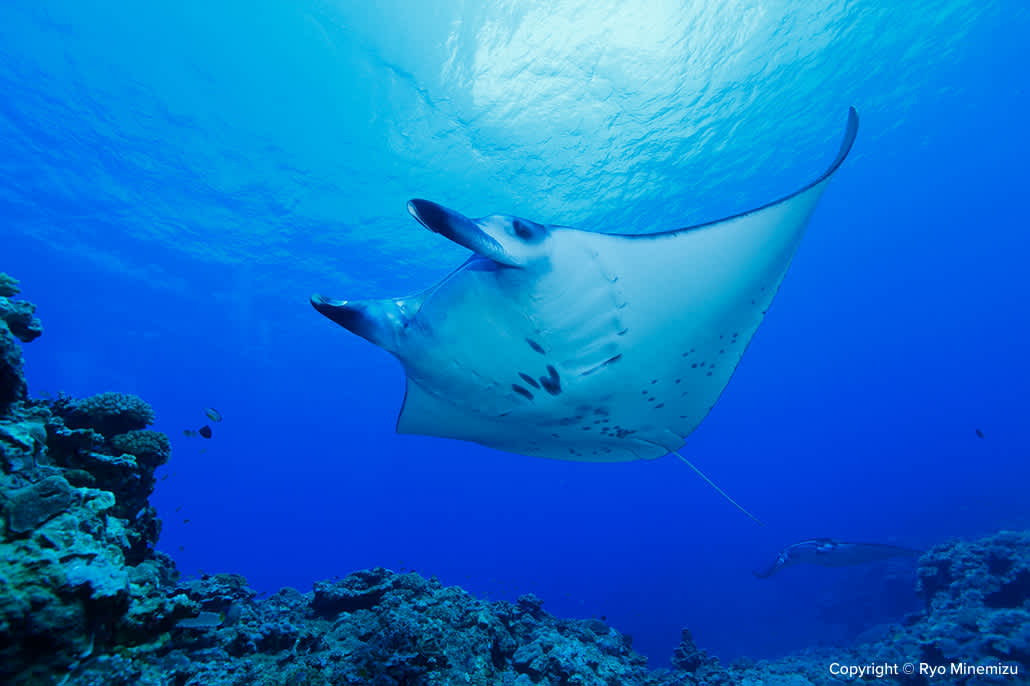
Q.2 You've created a new style of night diving called the Black Water Dive®, could you tell us more about it?
The Black Water Dive® is mainly to observe planktons, which never received much attention in the diving scene. We set up underwater lights both by the shore and off the shore to light up the planktons that float by. The creatures that you get to see during the Black Water Dive® are distinctively different from your ordinary night dives. Every encounter you have during your Black Water Dive® is exceptional.
You get to meet creatures you usually never see during the Black Water Dive®. We make the perfect environment to observe those creatures and dive at the times when those creatures come out. That's what makes the Black Water Dive® unique.
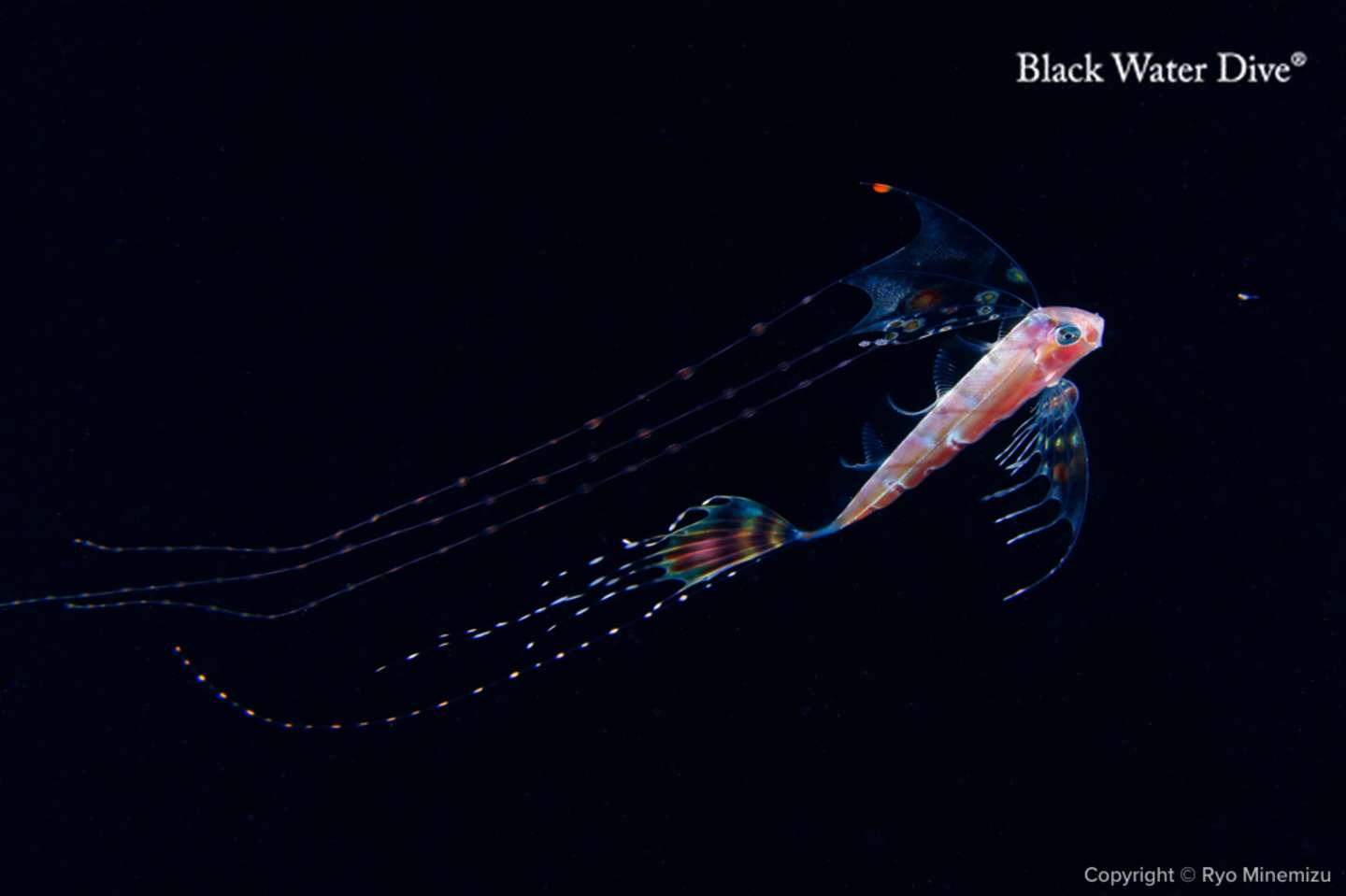
Q.3 We heard that the Black Water Dive® was made here in Osezaki, is there anything special about the sea here?
I started in the waters of Osezaki because it provided a stable and calm sea that I can go anytime. Osezaki is an inner bay protected by land from all sides, so unless there's a terrible typhoon, it's always possible to dive. Osezaki is also right next to Suruga Bay, the deepest bay in Japan. The deep-sea creatures from Suruga Bay come up towards Osezaki when the water temperature drops lower.
At night, due to diel vertical migration, there are lots of fish that migrate from the deep waters to the shallow waters of Osezaki. This allows us to see creatures that we otherwise wouldn't have been able to see at the depth we dive at -- which is what makes Osezaki so special.
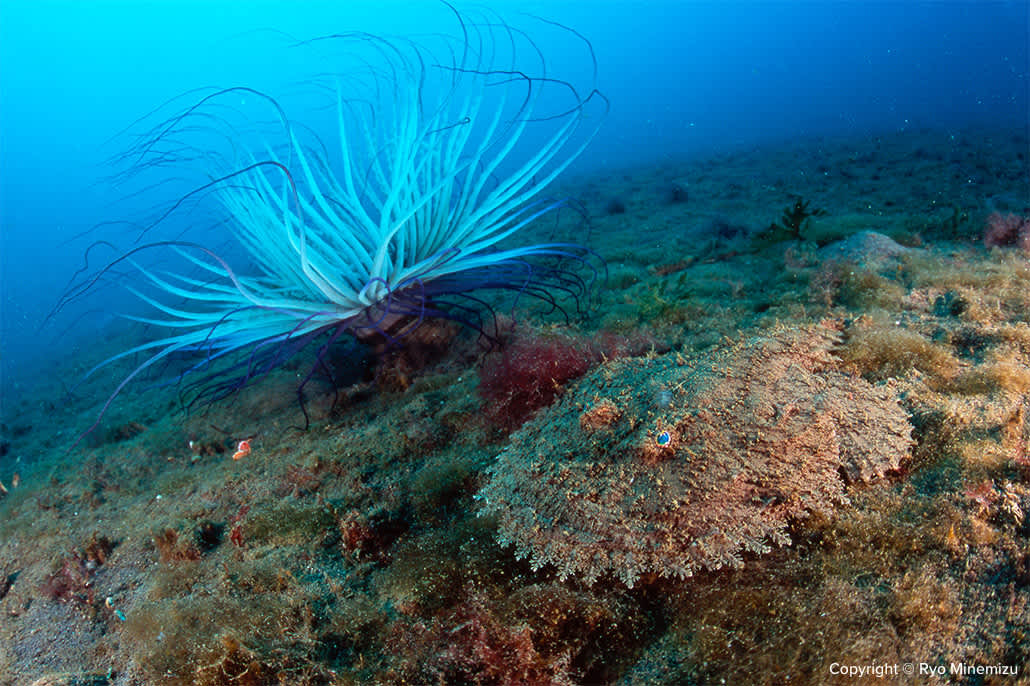
Q.4 Your message to somebody who is considering Japan as a diving destination?
In Japan, you get to witness so many variations of the ocean. Some parts have coral reefs, and if you go to Hokkaido, you can even experience drift ice. Japan also has all four seasons, even in its waters. The sight underwater changes each season, just like they do outside of the ocean.
There are a variety of different creatures that you get to see throughout the year. You can observe spawning, the behaviors of the creatures, and their ecosystem. You'll get to see creatures that you usually wouldn't see in other places, which can also be experienced during the Black Water Dive®. I do recommend experiencing the dive in the unique underwater world of Japan.
